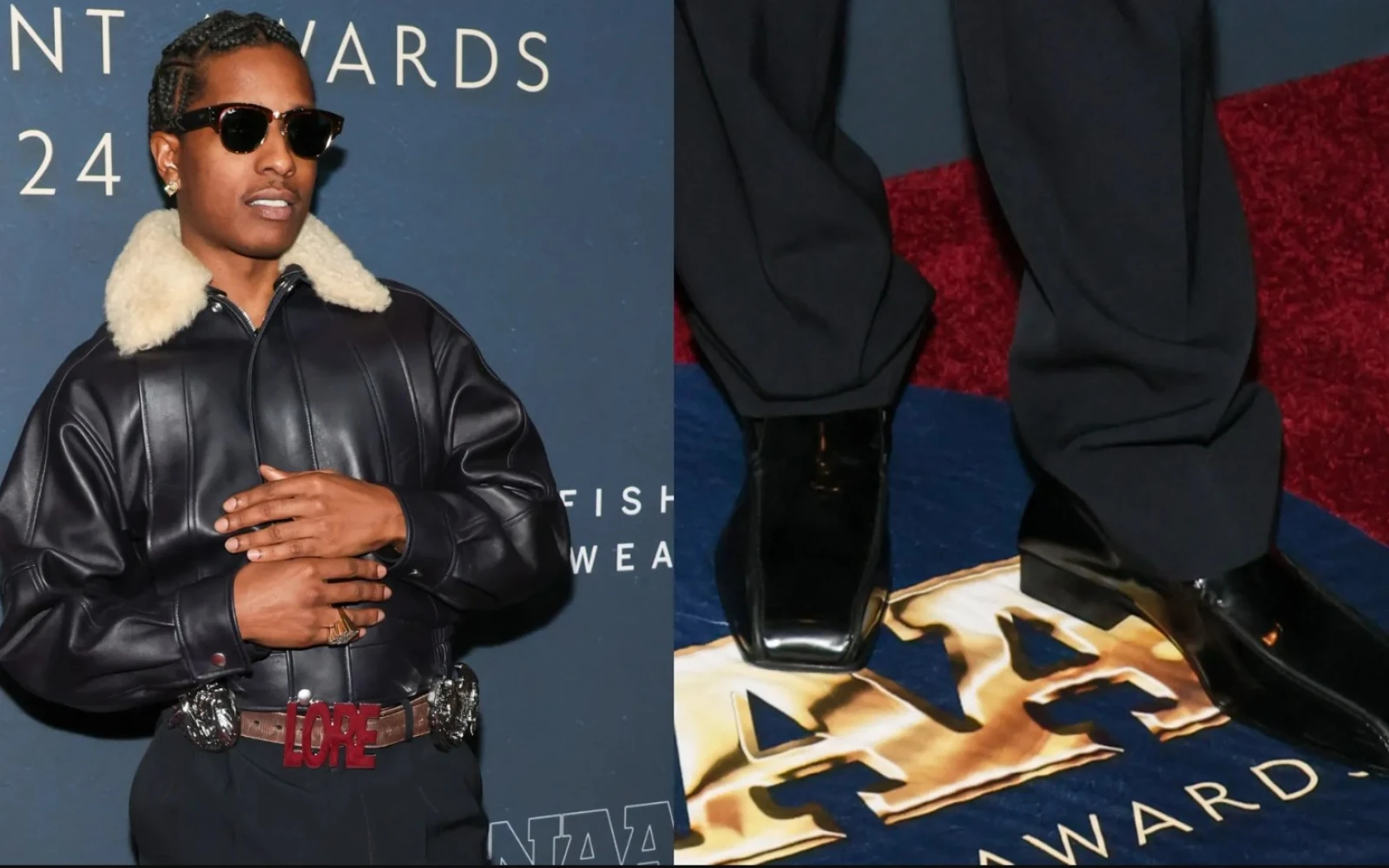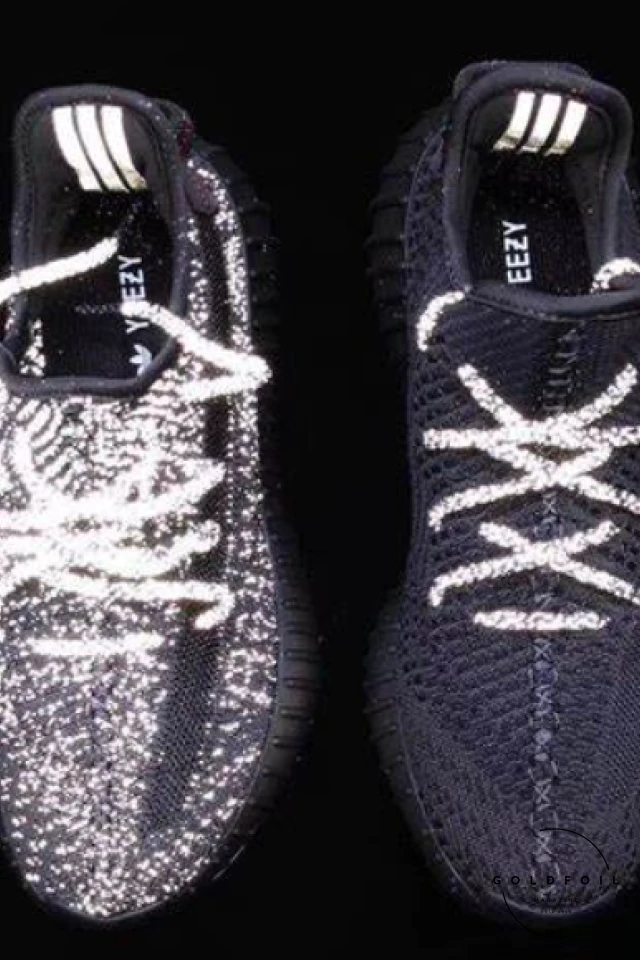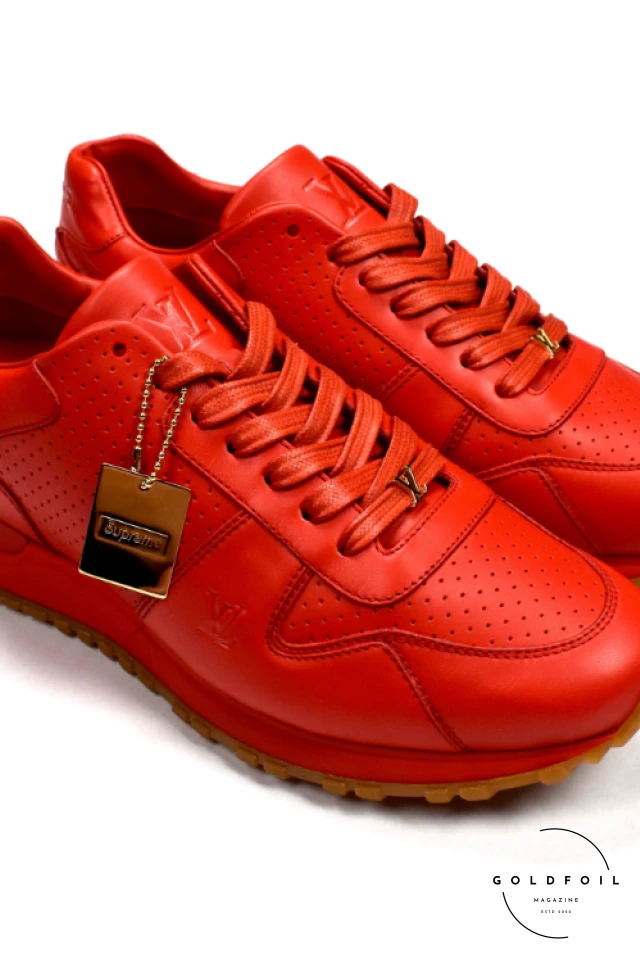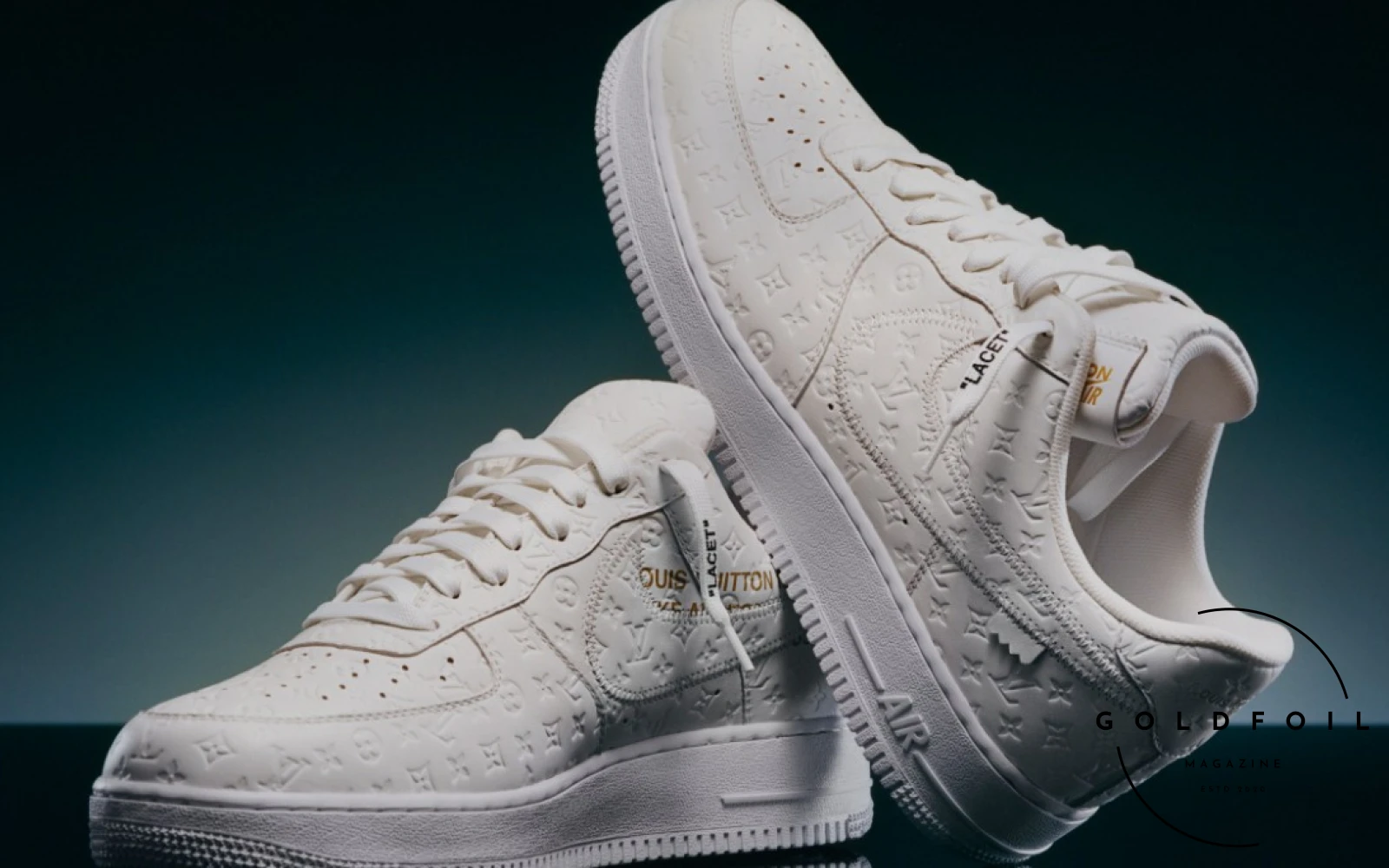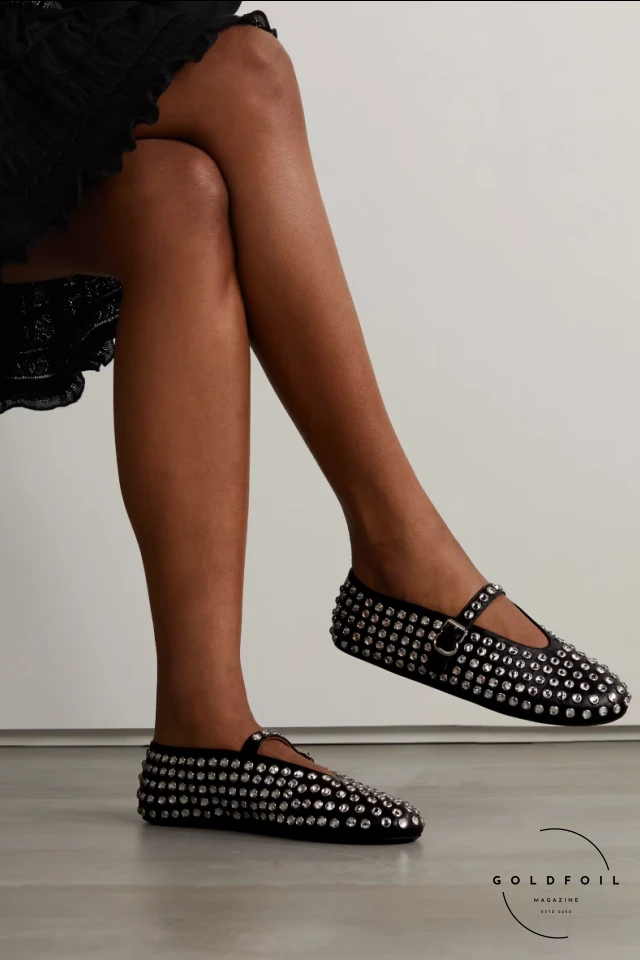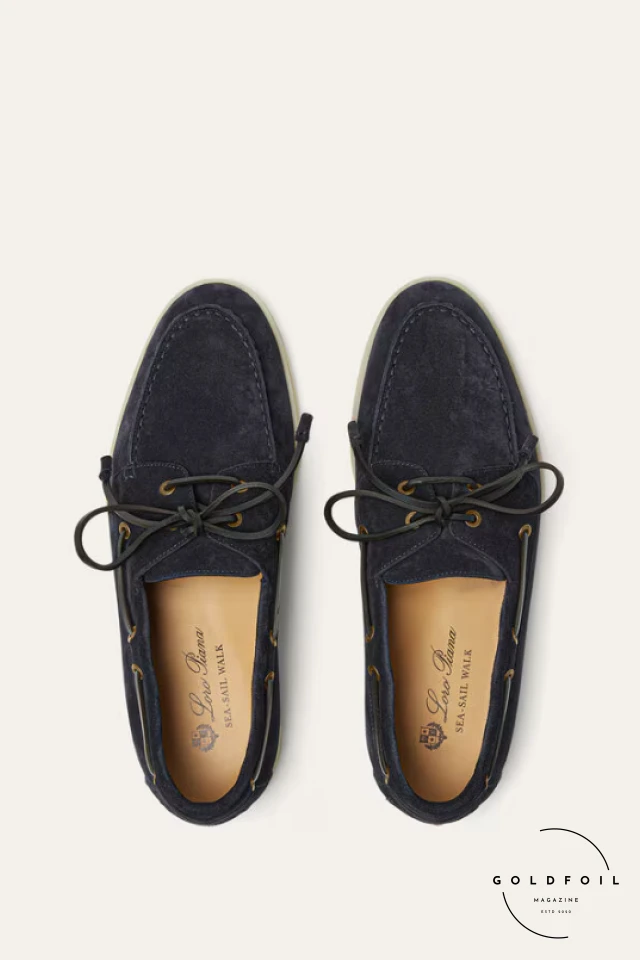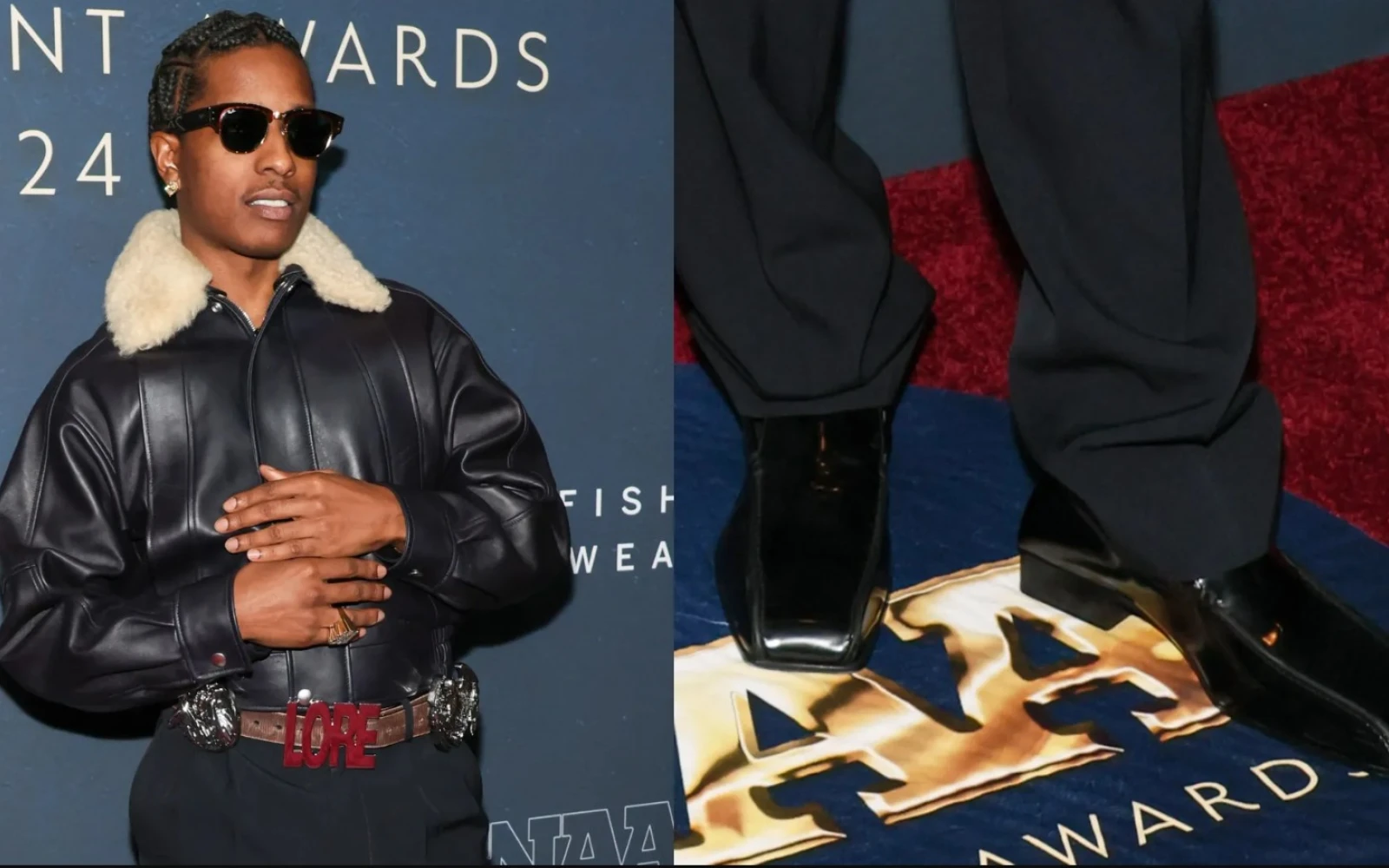Not long ago, a sneaker could make you cool. A Nike collab with an obscure Japanese graffiti artist could elevate a TikTok nobody into a street-style somebody. The right Jordans (in a rare colourway, naturally) gave you an aura of knowingness: you were in the club, you knew the codes, you were part of culture. But like all trends that burn too bright, sneaker culture is now on life support, bloated by hype, resellers, and a saturation of bad taste disguised as exclusivity.
Sneakers — once a subcultural shorthand for rebellion, sport, or identity — have become the default footwear of everyone. Your boss wears them to the office. Your cousin wears them to his wedding. Your dentist wears them, which really says it all.
When everything is sneaker culture, sneaker culture is nothing.
This isn’t to say sneakers are going anywhere. They’re functional. People will always need to walk. But the culture around them — the queues, the raffles, the resale bots, the obsessive collector energy — is fading. What we’re witnessing isn’t a style evolution. It’s the fashion equivalent of a candle sputtering out after a party that went on too long.
The death knell sounded not with a bang, but with a Louis Vuitton x Nike Air Force 1, designed by the late Virgil Abloh. A beautiful shoe, yes. A historic collaboration, absolutely. But also: a high-fashion eulogy. When you put a sneaker in a Sotheby’s auction house and sell it for the price of a small car, you’re not celebrating a movement — you’re embalming it.
And even Abloh, who helped catapult sneaker culture into the luxury space, saw this moment coming. In 2020, he predicted that the new decade would be less about hype and logos and more about “thrifting, finding your personal style,” and valuing “archival pieces and your knowledge on the fashion you consume.” If sneaker culture had a prophet, it was also its philosopher-critic.
That shift is already visible in data. According to Lyst’s 2024 “Year in Fashion” report, searches for “quiet luxury” surged 138%, while brands associated with more logo-heavy, hype-driven aesthetics — think Off-White, Balenciaga, Yeezy — saw declining demand. Meanwhile, brands like The Row, Khaite, and Loro Piana gained traction, thanks to their understated, ultra-refined silhouettes. The most-wanted shoe of the year? Not a sneaker, but a pair of sleek, minimalist Mary Janes by Alaïa.
Drop fatigue is also real. Sneaker launches used to be an event. Now they’re an algorithmic grind. You don’t score shoes because you’re stylish — you score them because you’ve learned how to hack SNKRS or you paid someone in Discord to do it for you. When the aesthetic of a subculture becomes indistinguishable from financial speculation, it stops being cool.
Luxury fashion has already pivoted. In case you missed the memo (maybe you were busy defending your Travis Scott x Jordan 1s), the new codes are quiet, flat, and often hard-soled. Even A$AP Rocky, once sneakerhead-in-chief, has been spotted in square-toed Bottega Veneta shoes. The new status symbol is not a shoe you had to fight the internet for — it’s one no one recognises at all.
That’s the real shift: taste has replaced hype. People are tired of queuing for a product they’ve been told they need. They want to feel like they discovered something. They want minimalism, quiet craftsmanship, even (gasp) elegance. You know what feels elegant? A hand-stitched Italian loafer. You know what doesn’t? A size 11 sneaker covered in plastic zip ties and irony.
So no, sneaker culture isn’t dead. Not quite. But it’s limping. And in the world of luxury fashion, that’s the first sign of rigor mortis.
